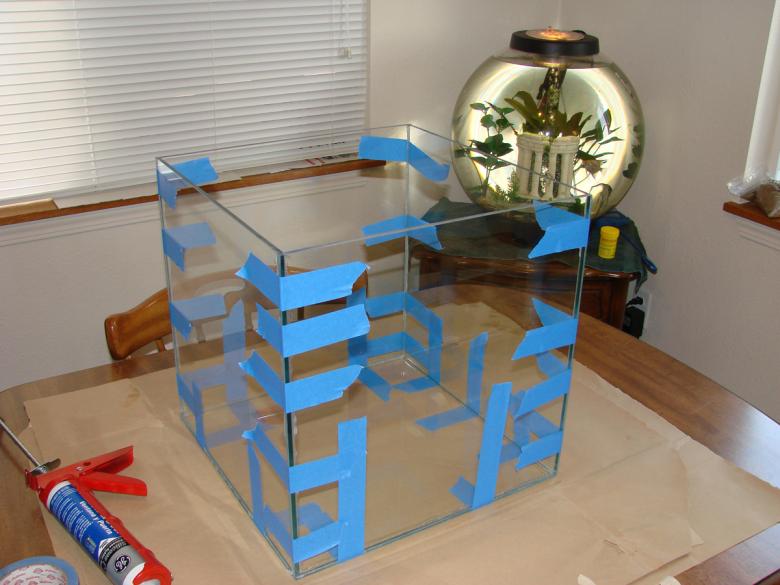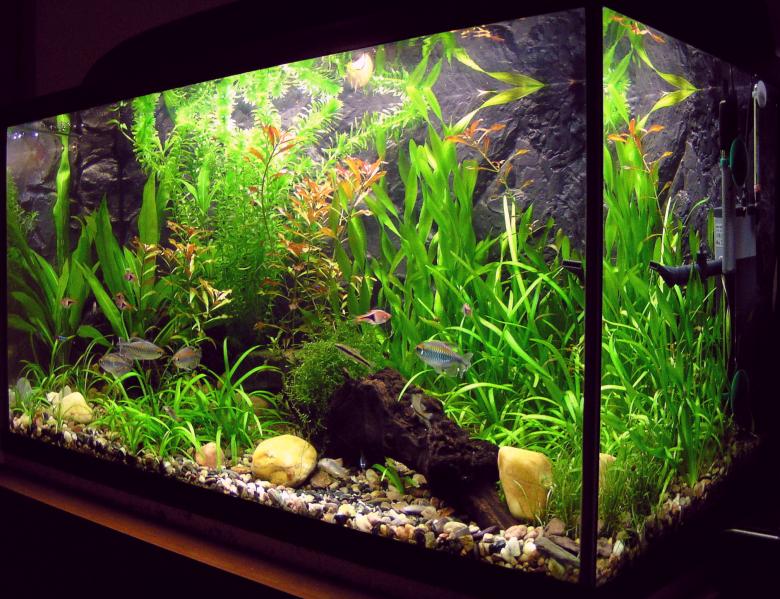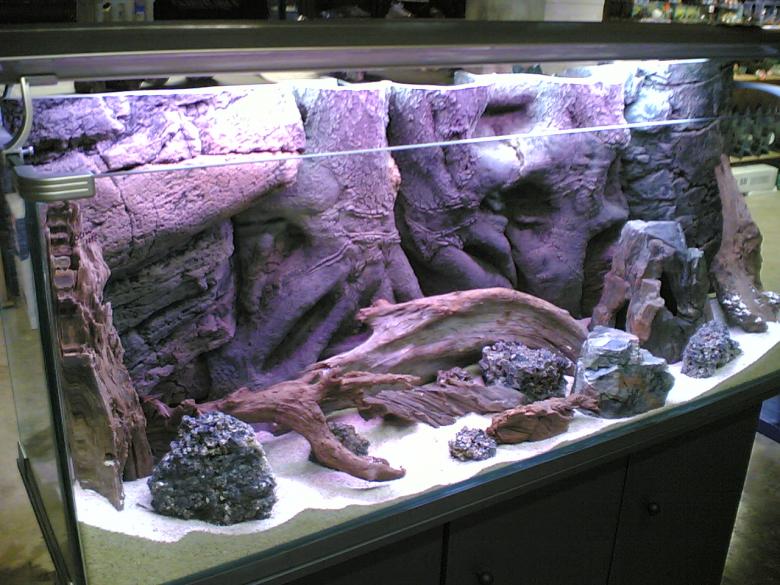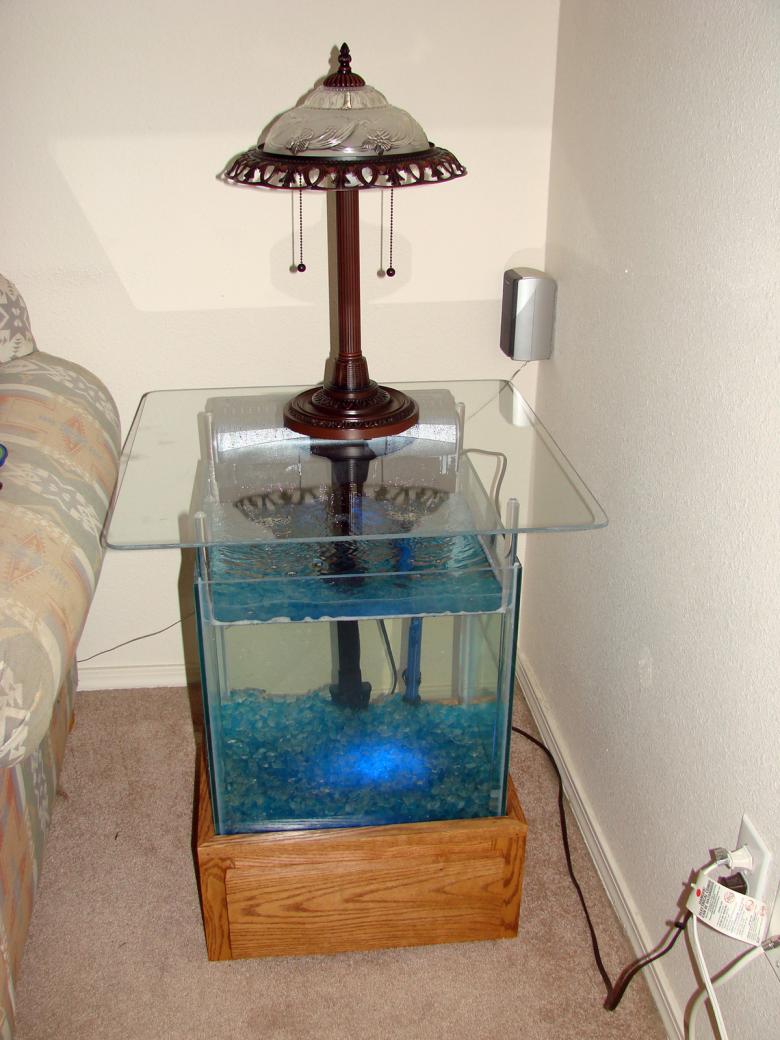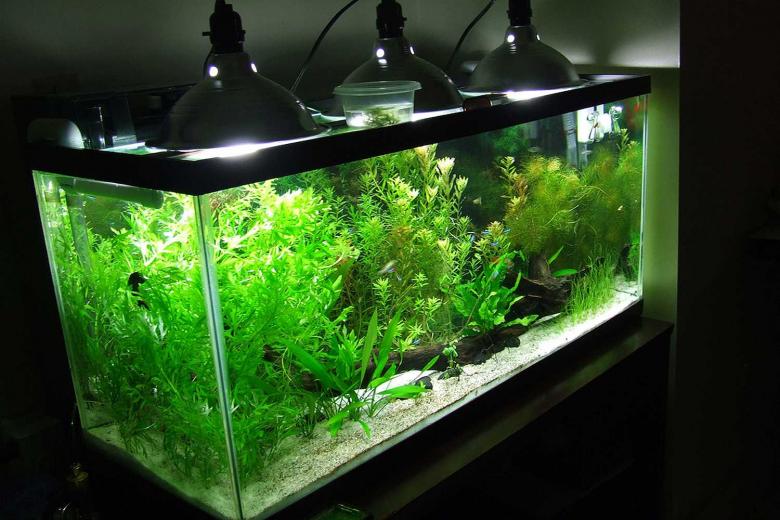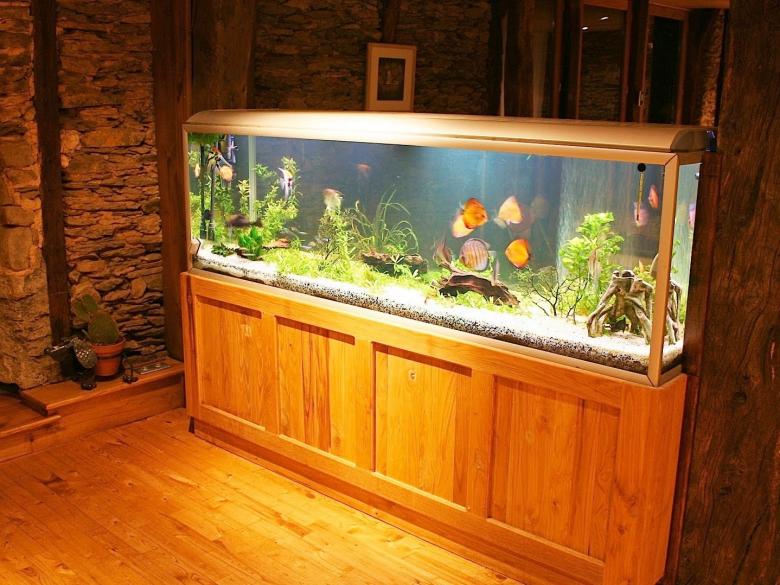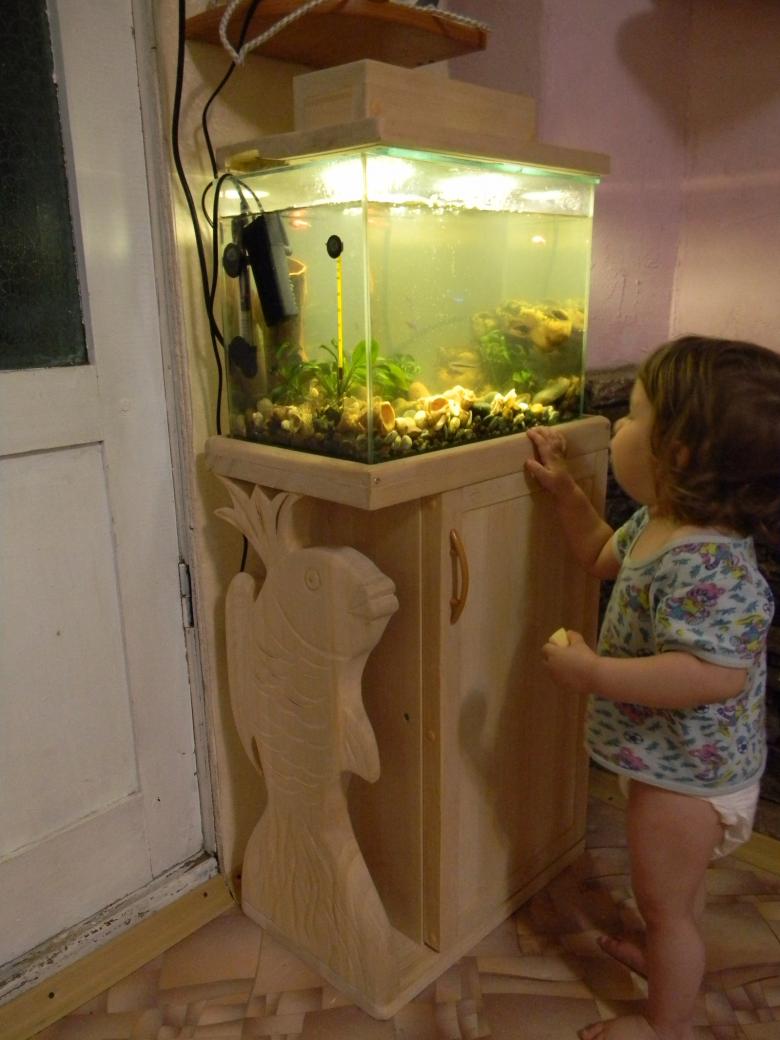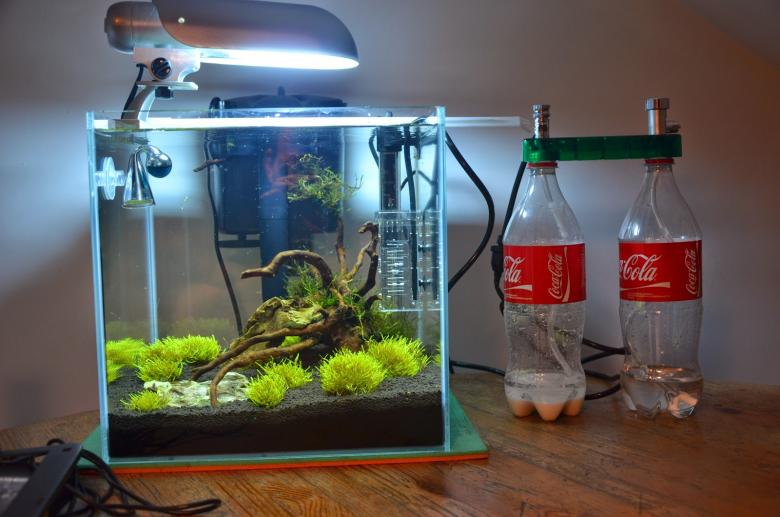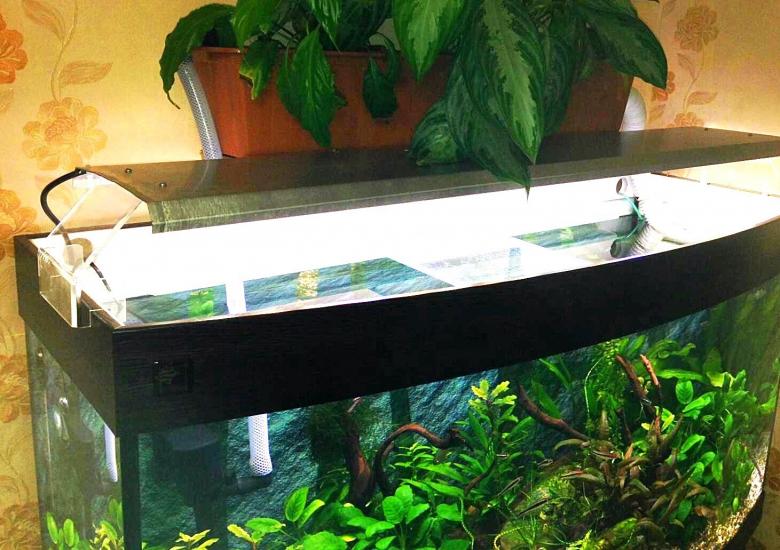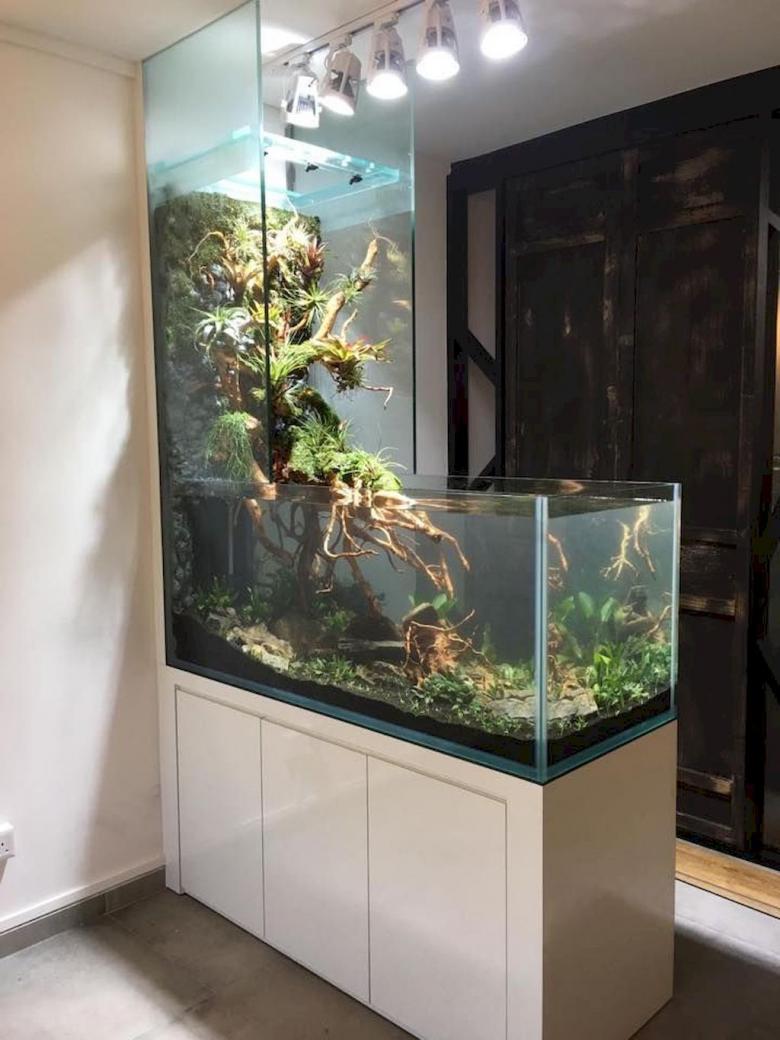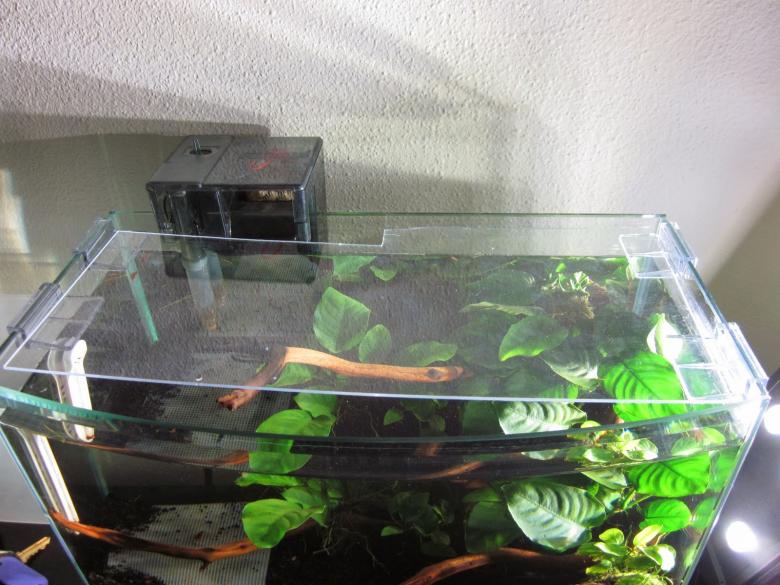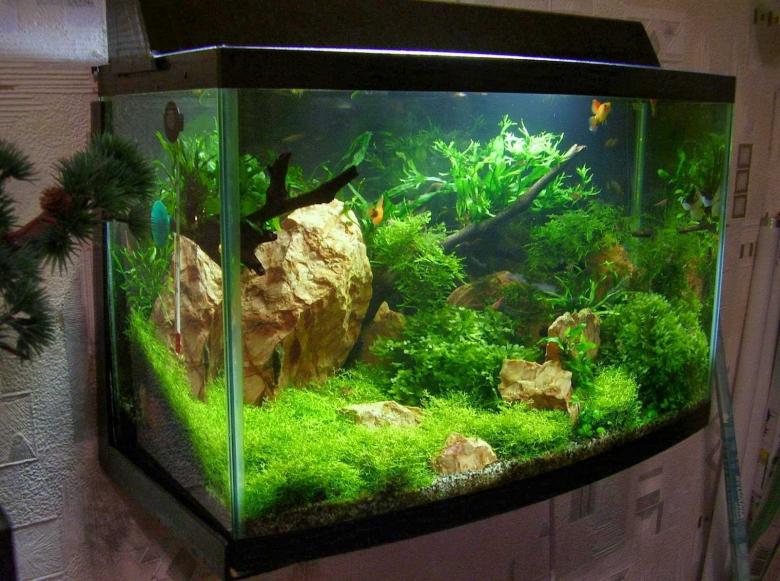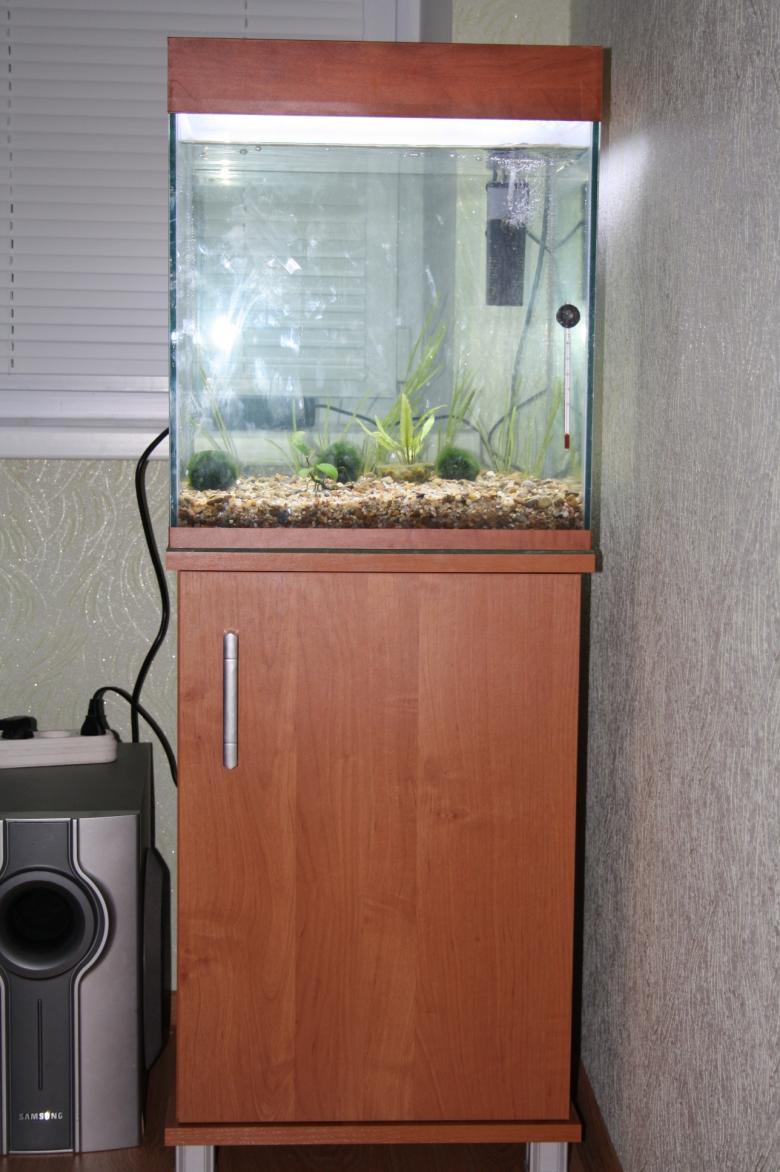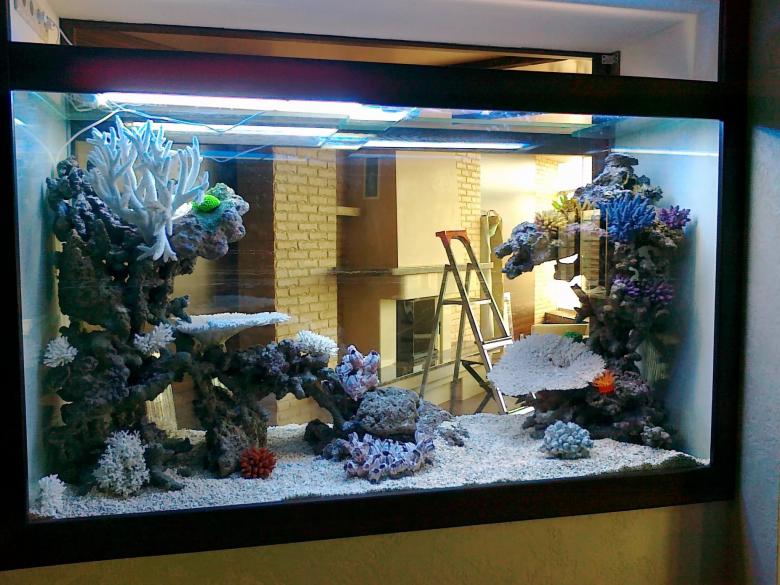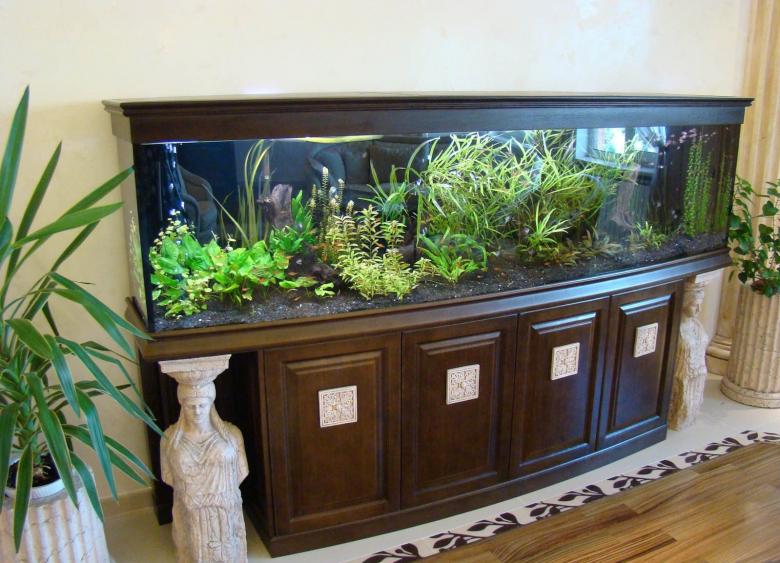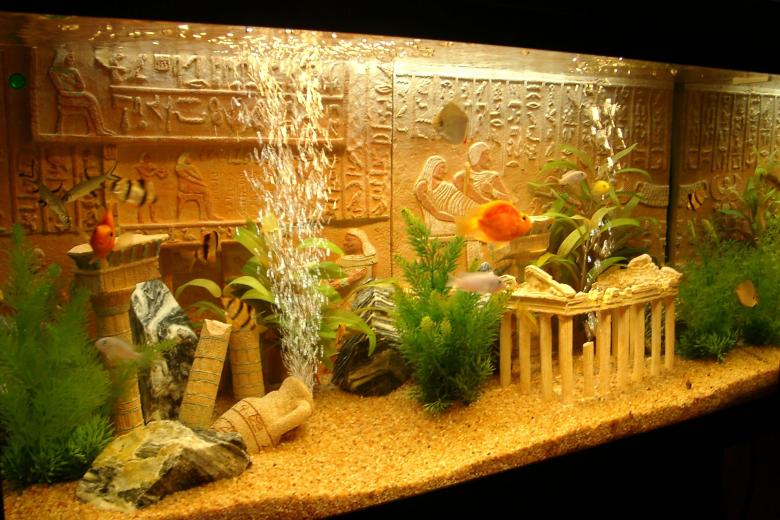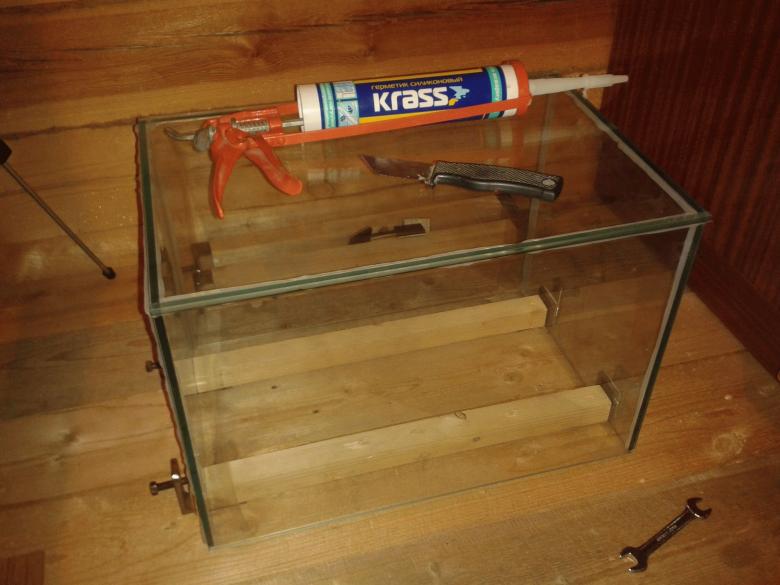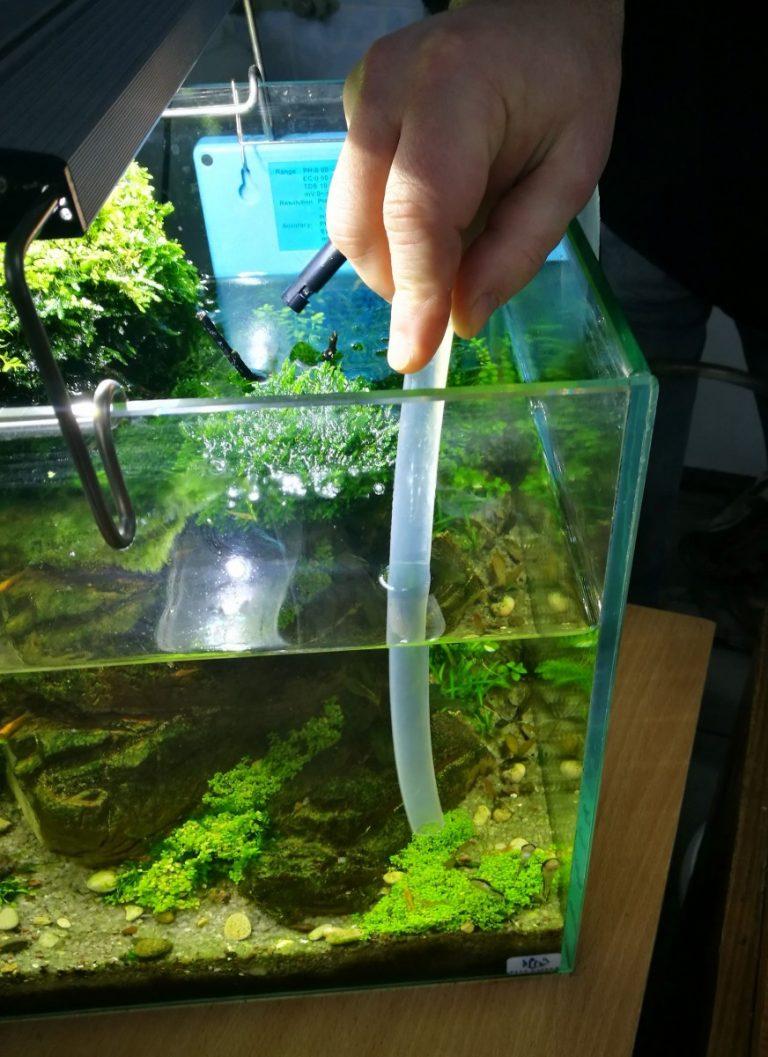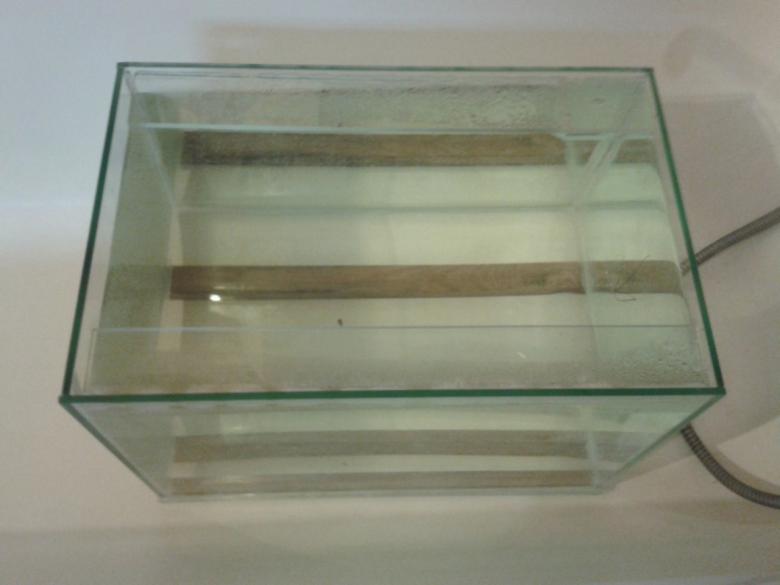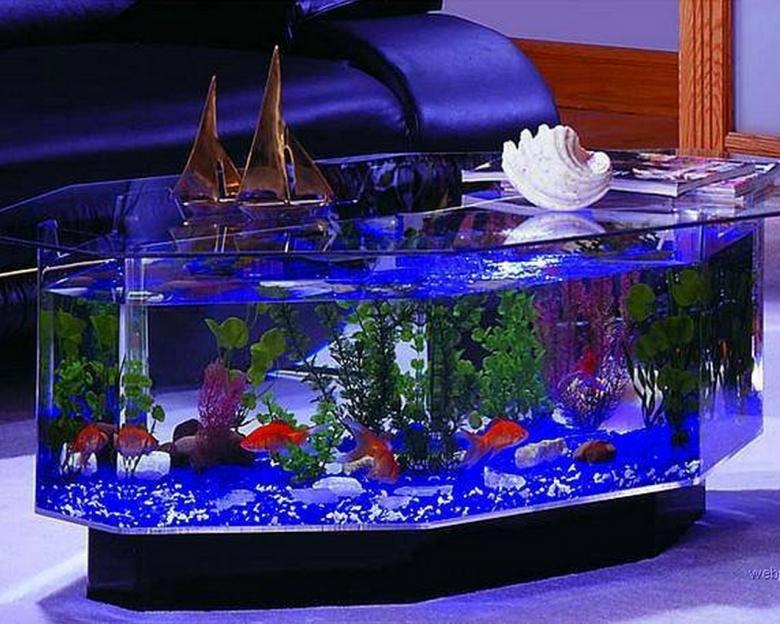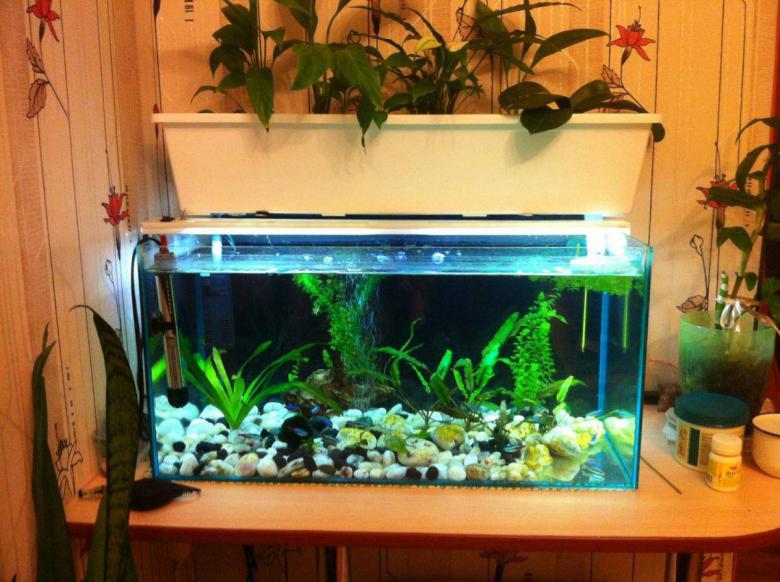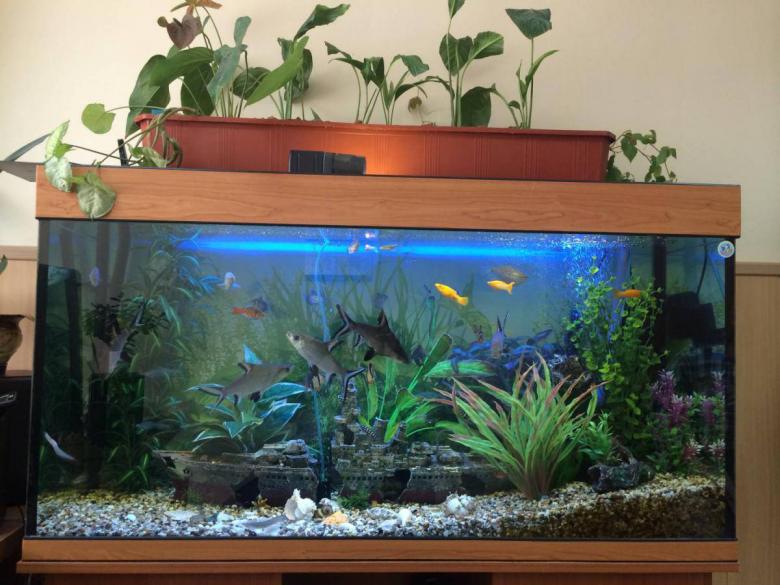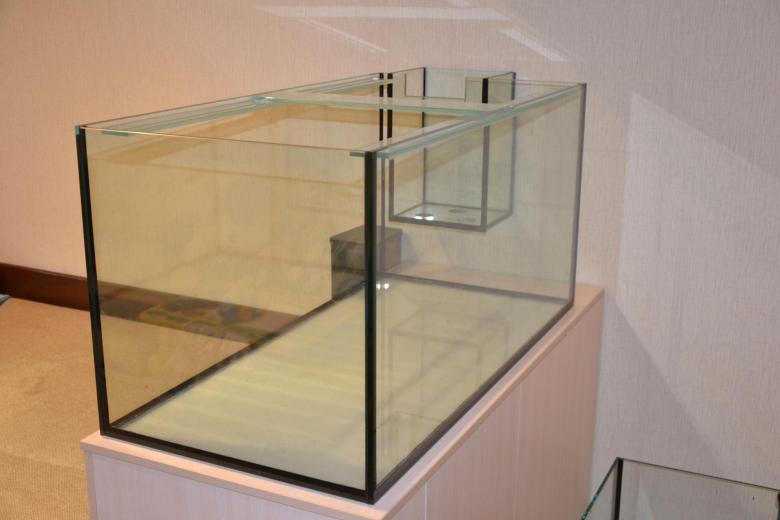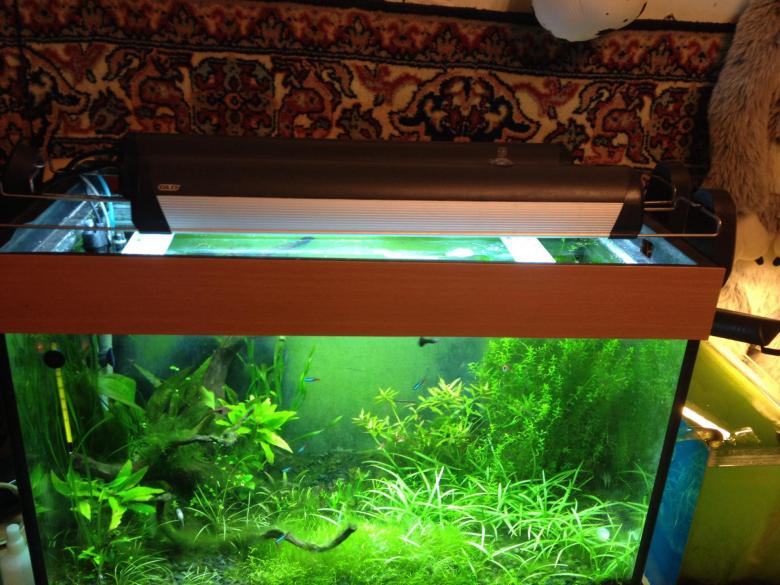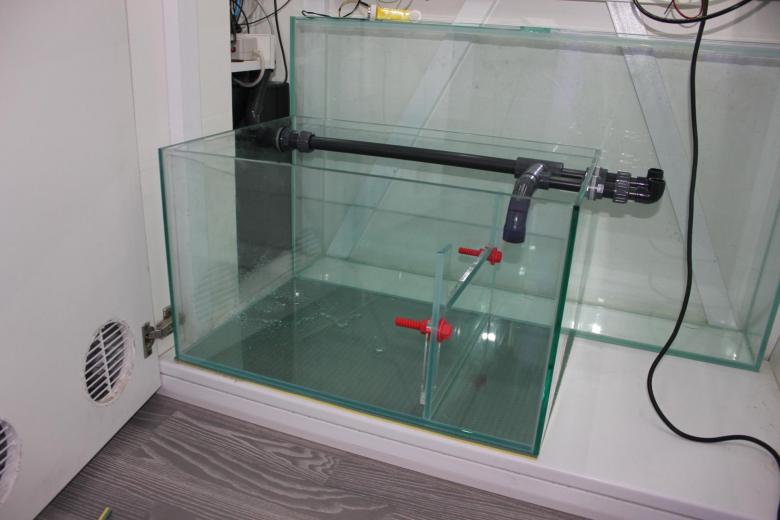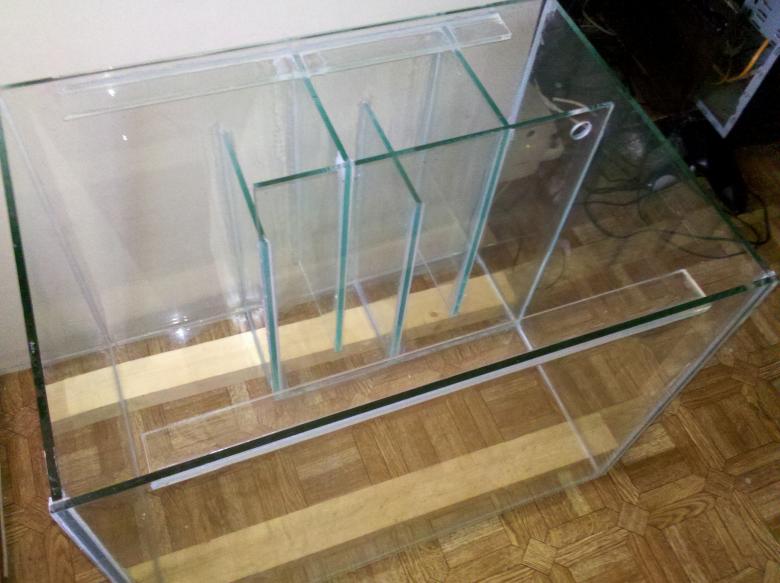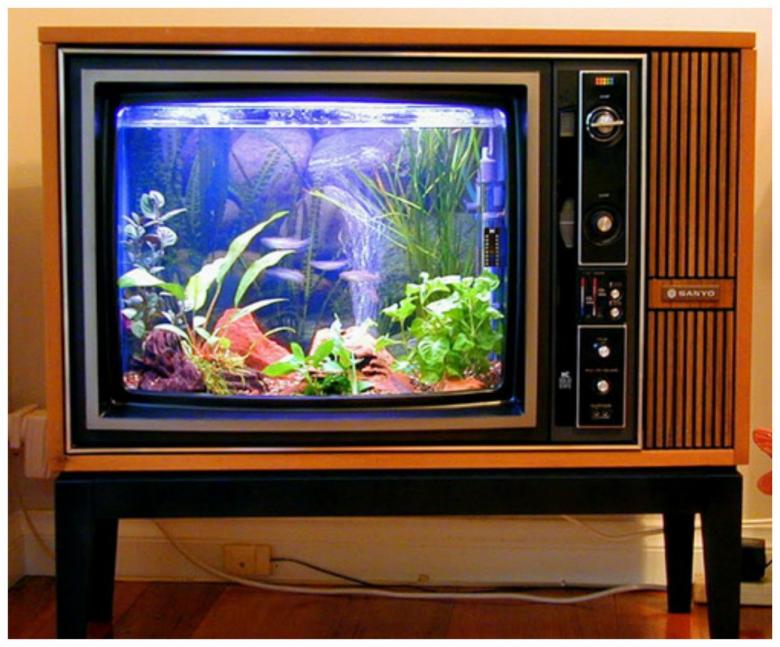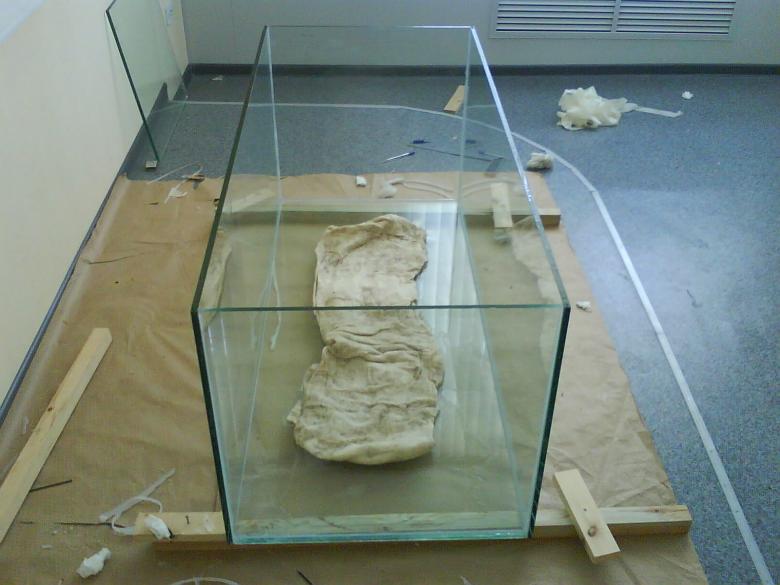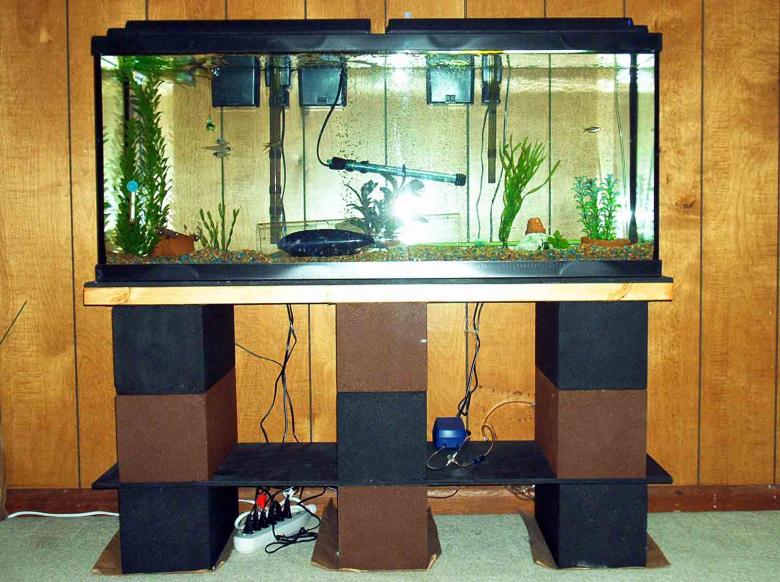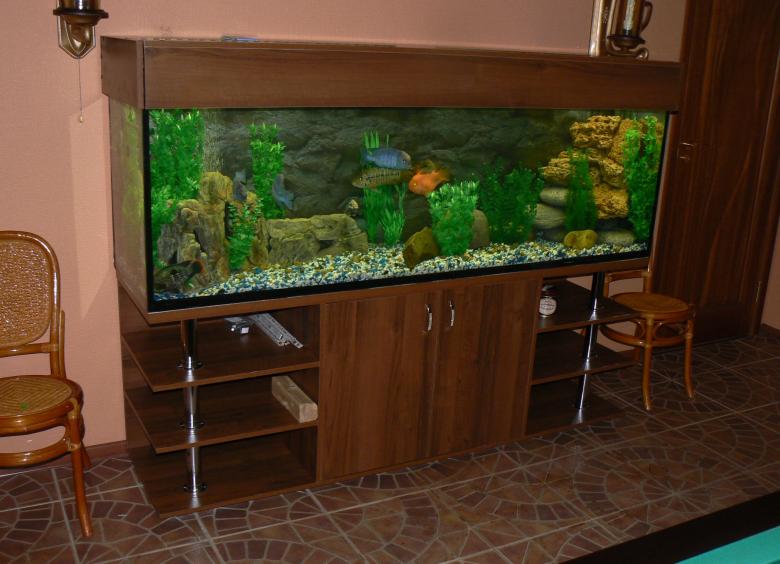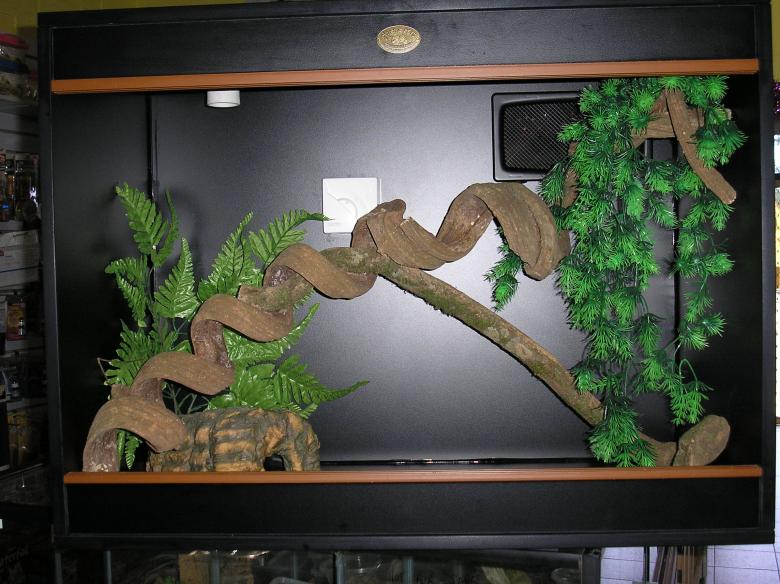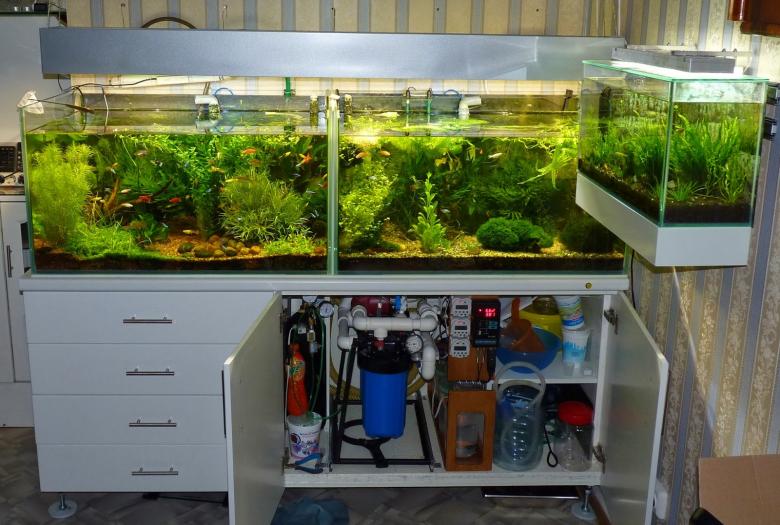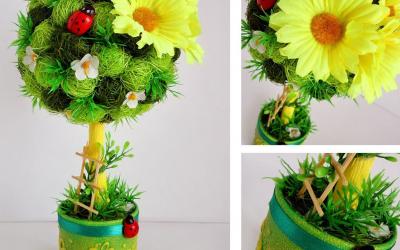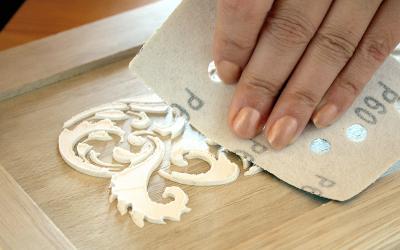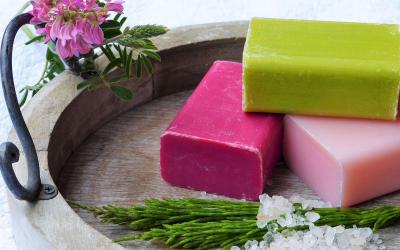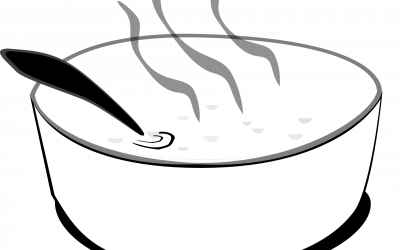How to make an aquarium with their own hands at home - detailed instructions with photo ideas and tips
Self-made aquarium does not seem so difficult task for a person who knows how to handle household tools. But even the erection of such an ordinary container requests knowledge about aeration, lighting and other functional additions, which should be taken into account even before the beginning of the work.
Glass for the aquarium
The most convenient material in the manufacture of home aquariums is plexiglass. This is due to the fact that it is very elastic, and has a high resistance to mechanical damage.
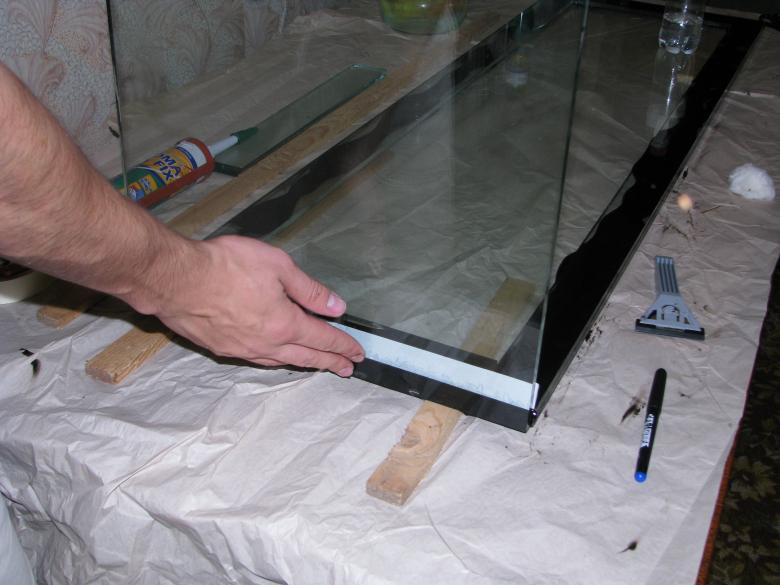
However, high-quality glass is far superior to any of its counterparts in all its properties. During long-term use, the material does not lose its transparency and does not change the chemical composition of the liquid in any way, and regular cleaning of the container of such glass will create an unsurpassed appearance to the entire interior. The highest grade that is recommended to work with is M1.

The second equally important issue is the choice of wall thickness. In working condition, the glass enclosure of the vessel is under water pressure. Accordingly, by increasing the capacity, you should also increase the thickness of the glass.
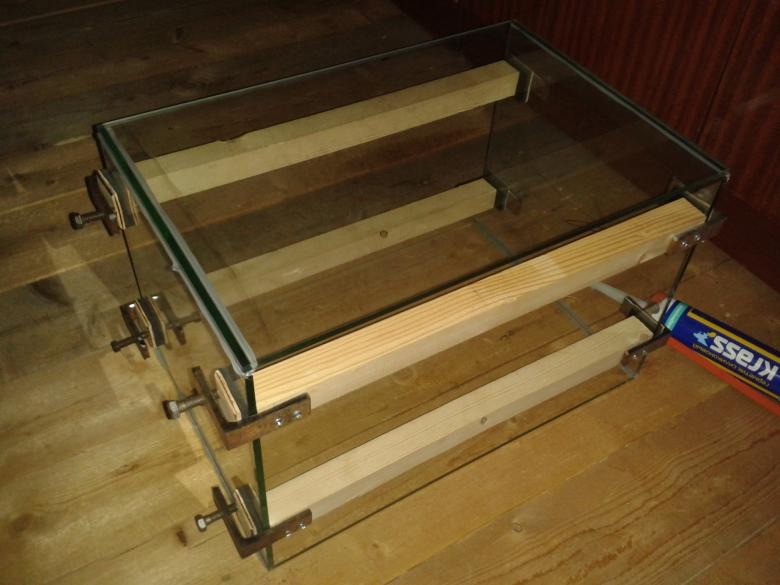
If we are talking about the construction of a small aquarium with a height of 30 cm and a length of 50 cm, the thickness should be at least 5 millimeters. In the case of an oversized vessel with parameters of 0.6 m by 1 m, the choice should be made in favor of glass no thinner than 10 millimeters.
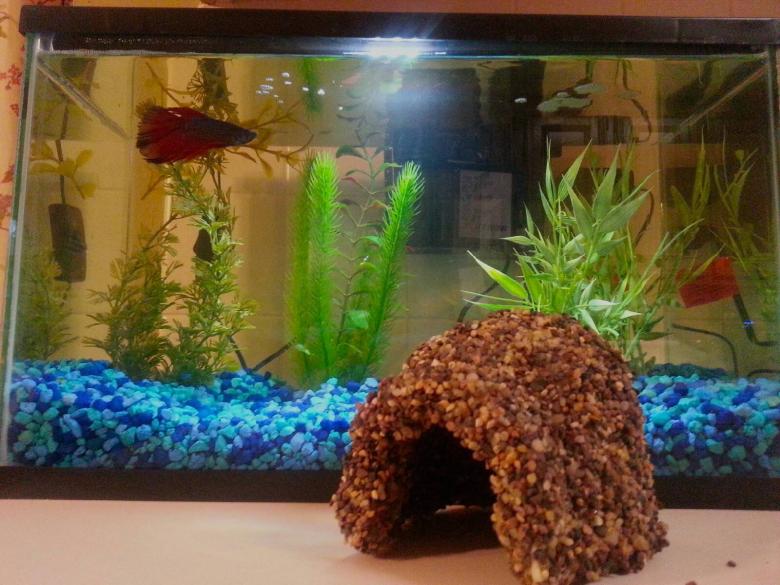
Preparation of glass parts
Measuring and cutting out the sides of the vessel is an important step before gluing. Before planning the placement of the parts, the following points should be taken into account:
- The ribs of the glass do not need to be sanded;
- The bottom of the aquarium must be inside the vertical walls, as the sealant is designed to stretch;
- All areas to connect the glass sides, before applying the adhesive, wrap with painter's tape. The edge of the tape should indent from the edge of the material by 6-7 millimeters, forming a place for the adhesive liquid;
- Also, the very joints are degreased with acetone.
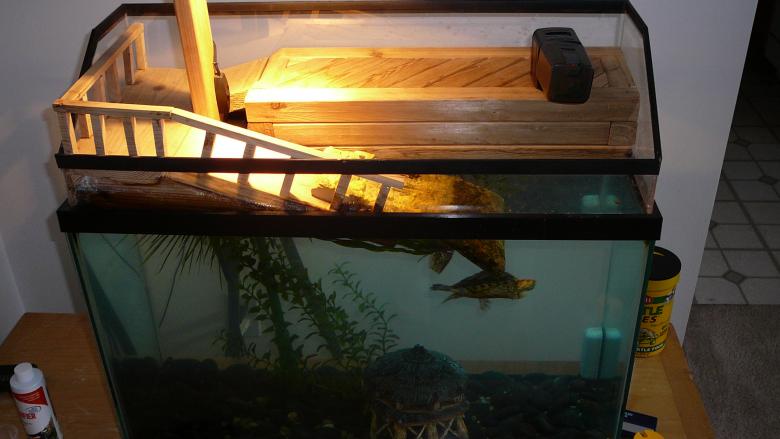
What to glue the aquarium?
Various additives affect the quality of the adhesive, so when choosing a mixture, it is worth paying attention to its composition. It is recommended to avoid products in the preparation of which the following components are used:
- Acrylic adhesive compositions. Their properties are favorable for working on uneven surfaces, but they are not resistant to water and will deteriorate;
- Butyl compositions. This type of mixes is endowed with limited strength;
- Polysulfide, acid, bitumen - negatively affect the chemical composition of the liquid of the vessel.
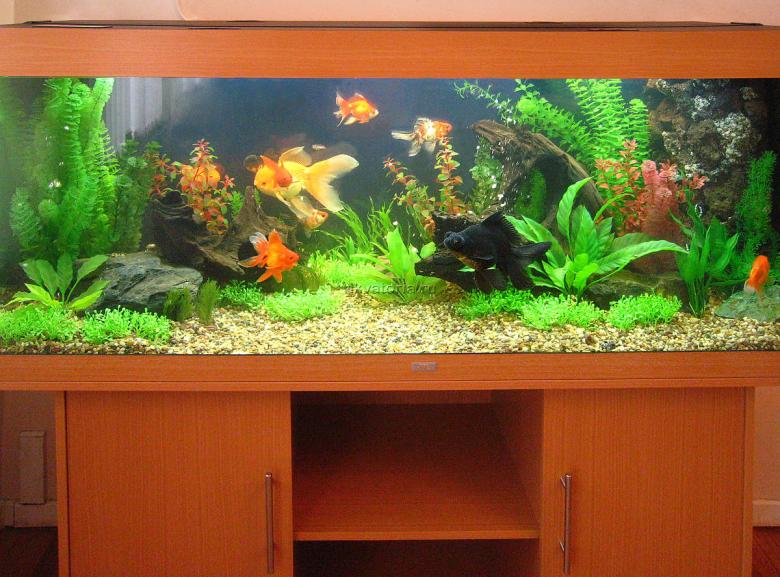
The most advantageous offer in the matter of quality is a silicone sealant. It is this option is harmless to fish and plants.
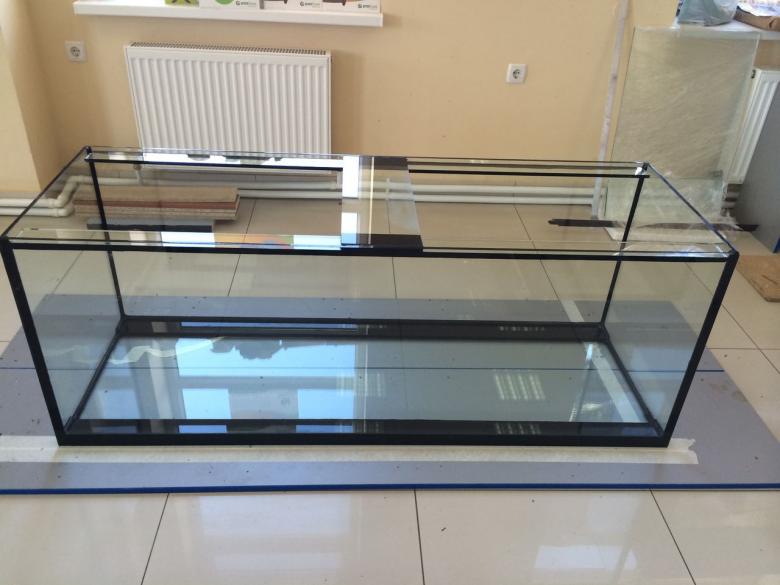
Working with glue
When working with silicone, it is recommended to observe the following rules:
- The glue joint should not be more than 2 millimeters;
- Glass parts should not touch each other;
- The work is carried out with the supports during the gluing;
- The construction is carried out on a hard surface covered with polyethylene;
- Apply the adhesive evenly;
- Wipe off any residual silicone with a sponge.

Creating an Aquarium
The construction of the handicraft is carried out in stages:
- An end glass is attached to the silicone seam;
- Part to the front side is fixed with masking tape;
- The remaining walls of the aquarium are glued in the same way;
- After 2 hours, the glue is reapplied to the connection areas of the parts;
- After an hour, remove the paint strips;
- Seams are cleaned;
- Carry out the drying of the sealant. (Approximately 2-3 days, depending on the type of glue);
- After gluing the aquarium lay on its side and press the books.
To understand the instructions, you can refer to the photos posted on the Internet.
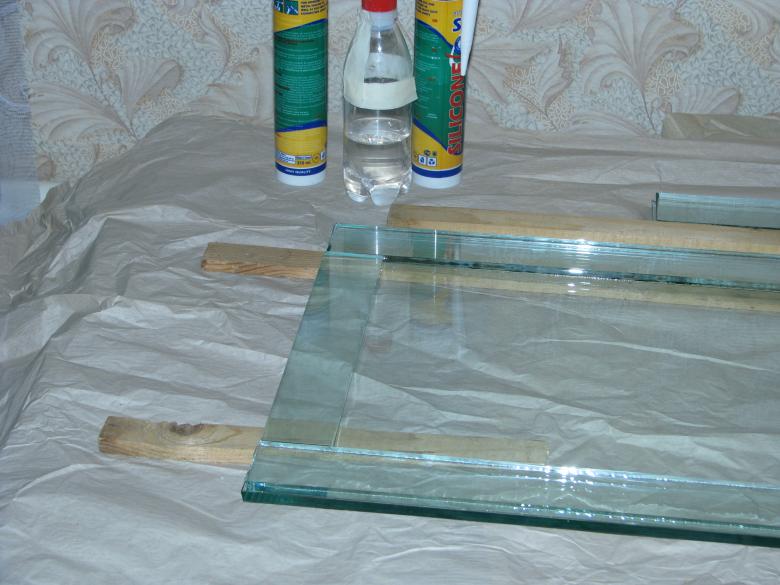
It should be noted that during the drying of the future object of the interior should not be touched. It is desirable to place it in the most ventilated place in the house.

Cover for the aquarium
The lid is a barrier to the fish, which can jump out, and dust. That is why this design element is among the most necessary.
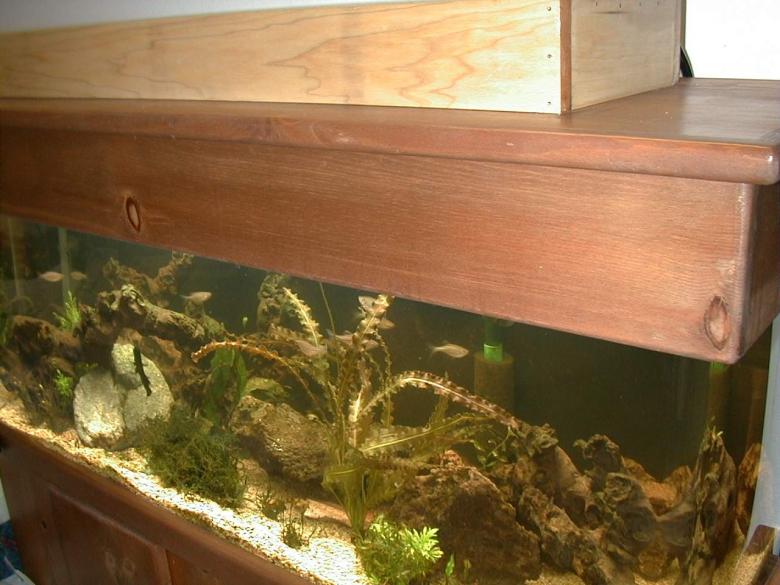
Usually the layout of the cover make a removable, and its size is chosen in accordance with the dimensions of the whole container. Materials resistant to moisture are used in the creation. Plastic cladding panels will prove to be the perfect option.
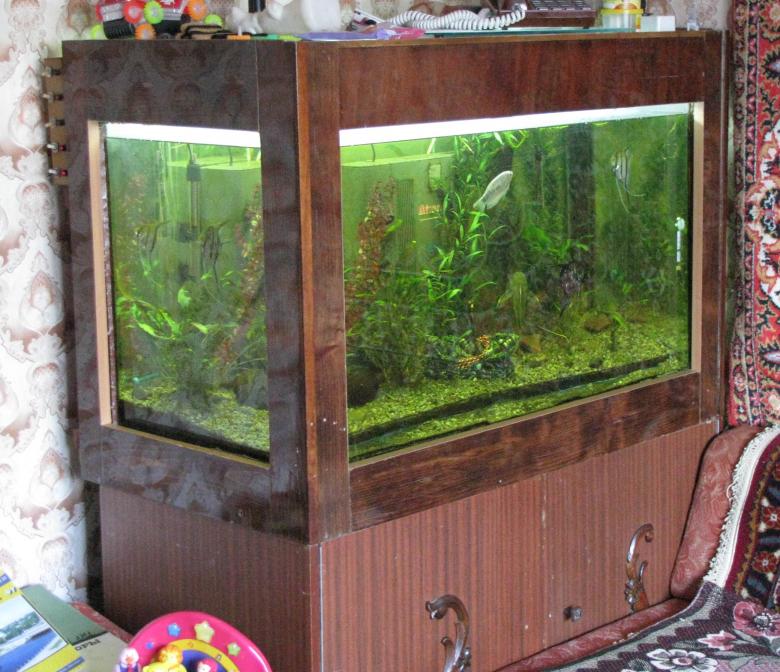
Efficient aquarium filter
All filters are designed to remove harmful impurities from the water. The list of commonly used remedies in this category includes:
- Mesh, volumetric fillers, polymer filaments. The work of such devices is aimed at removing chemical contaminants formed during the operation of the vessel;
- Biological technologies. Microorganisms process hazardous substances through ammonium bacteria;
- Chemical compounds that impregnate the backfill;
- Activated carbon. This filter disposes of unpleasant odors and turbidity in the vessel.

To construct an aquarium filter, you must purchase a set of external filter elements. Engage each element step by step:
- The functioning vessel is recreated from plugs and a suitable pipe;
- Pour river sand in the tube;
- By means of transitional devices embed two tubes in a flash. The first is placed in the bottom of the filler. The second is placed on top;
- The taps are placed so that the transport lines for washing the sand have an opportunity to overlap;
- The pump with an electric drive guarantees the movement of sand.
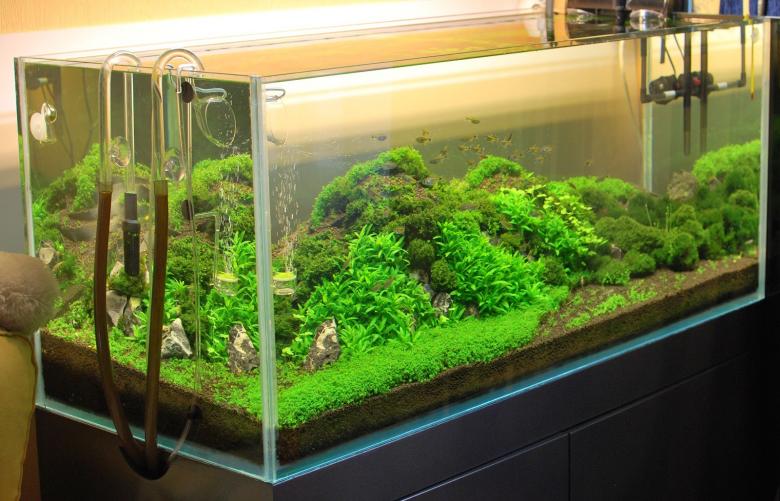
Start the assembly of the filter by studying the principles of the filters. Professionals will be much easier to cope with this task.
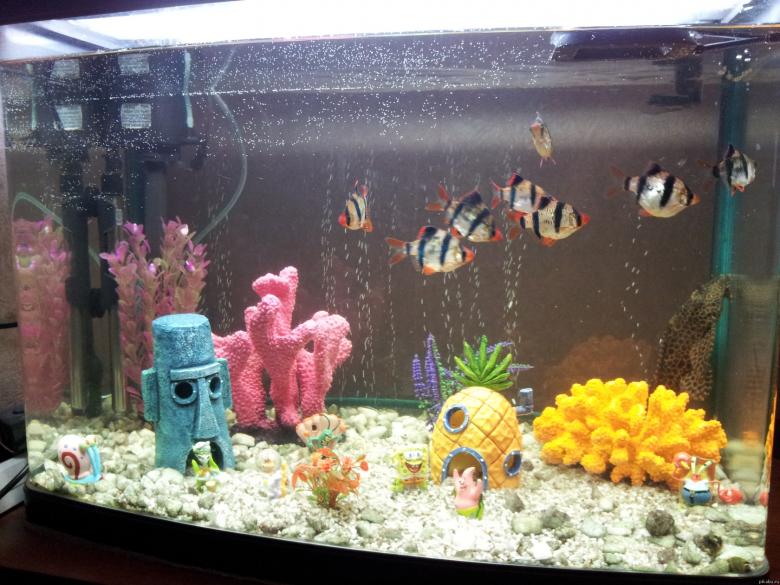
Making a compressor
For normal life, fish need oxygen, and in an aquarium environment air is supplied by a compressor. The device consists of the following parts:
- The blades;
- Rotor;
- Housing;
- Impeller;
- Drive shaft;
- Blade axles.

Often models are designed with a diaphragm design. Piston compressors provide increased performance, but they have a high noise level. However, for the aeration of aquariums with a volume of more than 250 liters, they are more suitable than all other devices.
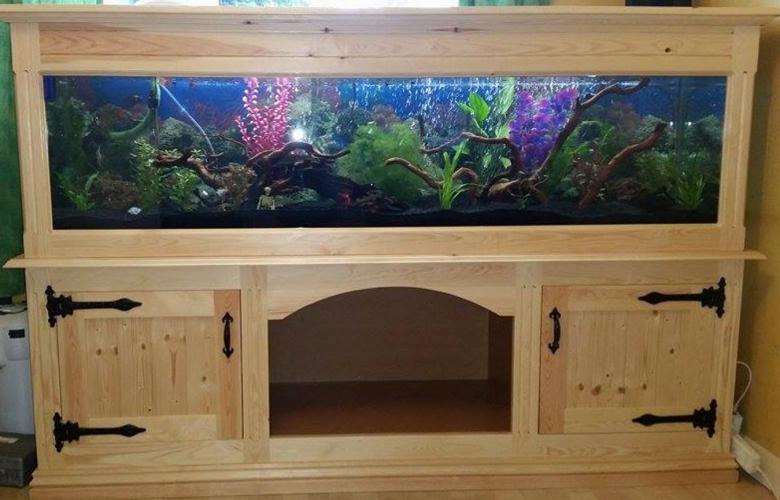
The desired result can be obtained by means of household items. First, it is necessary to find a container for accumulation of air. This function can be performed as a ball camera, as well as an air mattress. The shell will be filled with air with the help of a hand pump, reaching the desired pressure. Then a tube is connected to the accumulator. In the water, the equipment will properly perform aeration.
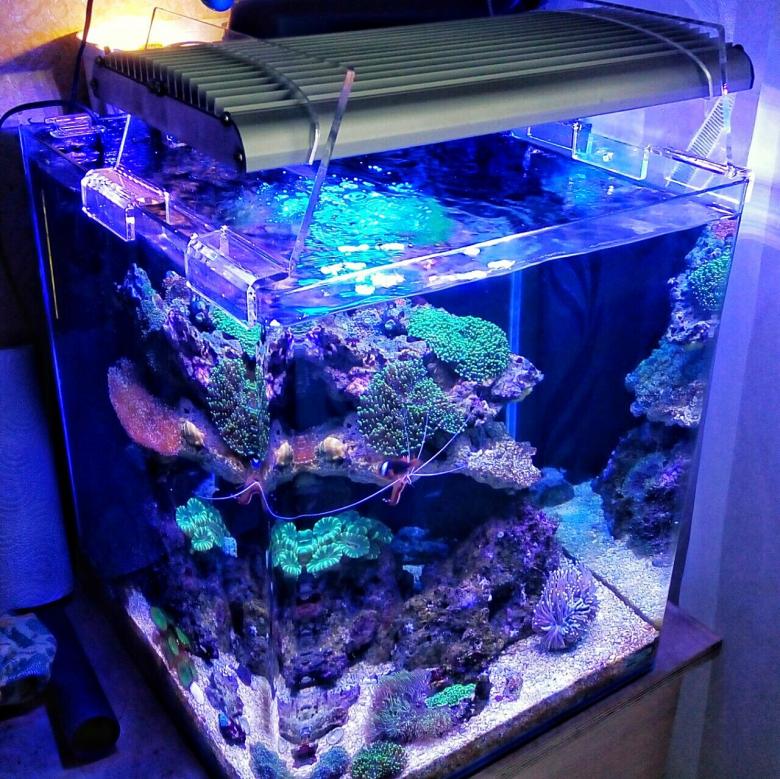
Lighting
Most masters in the matter of lighting advise using fluorescent fixtures with a light transmission coefficient of not less than 60 Ra. The equipment is attached to the lid. This attribute of the self-made is ready.

The idea of creating an aquarium with their own hands can lead to some difficulties. But sometimes the design permissions of apartment owners simply do not allow to turn to the options offered on the shelves of stores.

